Imagine standing in the heart of a dense, green jungle, where the hush of nature is suddenly broken by the soft cry of a baby elephant or the quiet whimper of a tiny sloth clinging to a branch with no mother in sight. For these orphaned animals, the world becomes an overwhelming place—full of dangers, hunger, and uncertainty. Yet, behind every successful rescue lies a remarkable story of compassion, science, and sheer determination. The journey to save these fragile lives is both inspiring and heart-wrenching, revealing the profound lengths humans will go to protect the most vulnerable members of our wild world.
The First Moments: Discovery and Response
The rescue of an orphaned elephant or sloth often begins with a critical moment of discovery. Rangers, villagers, or tourists may stumble upon a lone animal, sometimes crying or desperately searching for its mother. Immediate decisions must be made, as every second counts; dehydration, predation, or even poachers can pose a deadly threat. Trained responders must approach with care, minimizing stress and avoiding further trauma. In some cases, rescuers use soft cloths to calm baby elephants or gently coax sloths from precarious perches high in the trees. The challenge is immense—balancing speed, safety, and compassion in the face of a life-or-death situation.
Orphaned by Tragedy: Common Causes
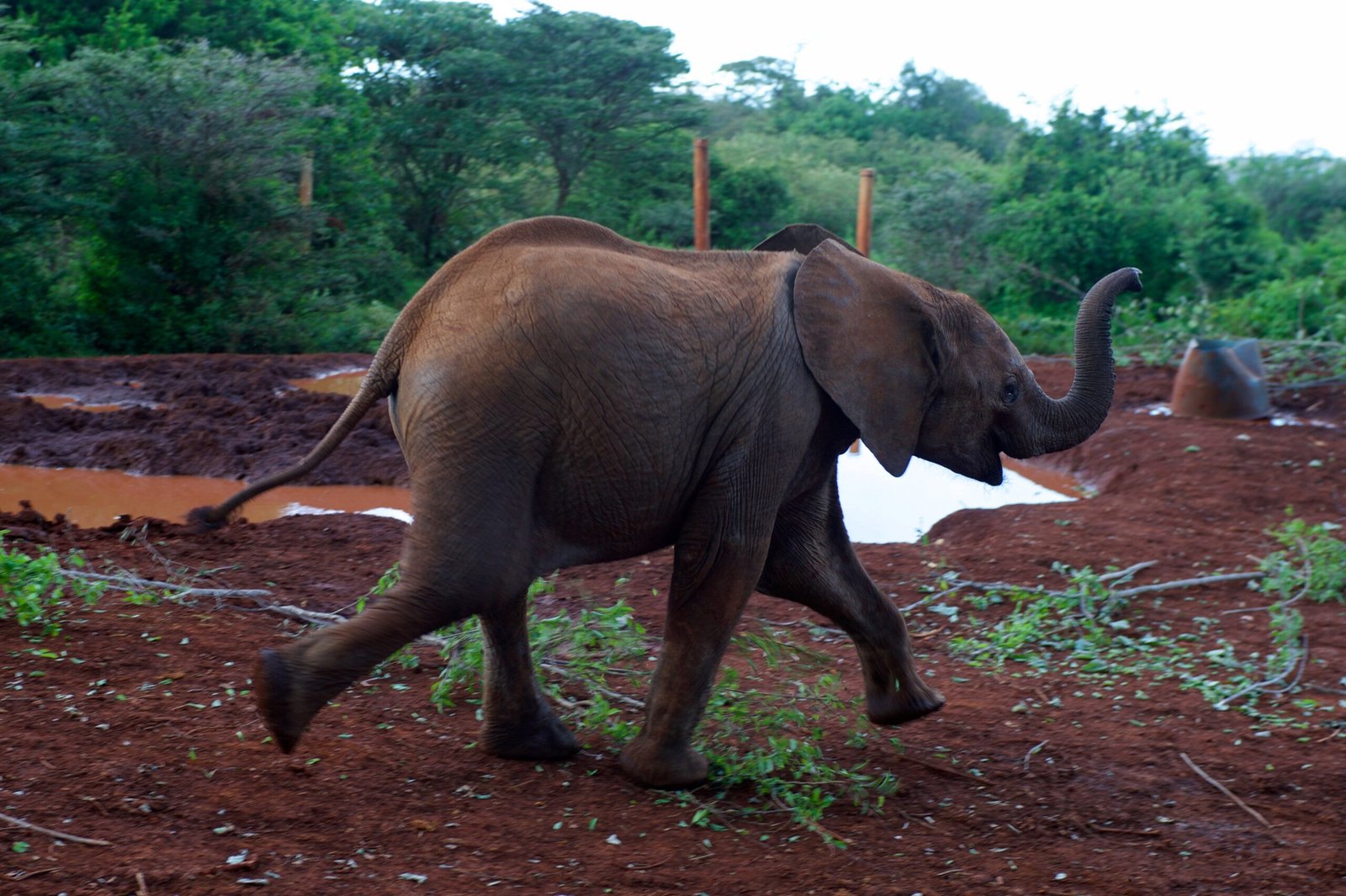
Orphaned elephants and sloths are often victims of heartbreaking events. Many lose their mothers to poaching, road accidents, or deforestation. In elephant herds, a matriarch’s death can leave several calves stranded and defenseless. For sloths, the destruction of their slow-growing rainforest homes is a silent killer, forcing mothers to flee or perish, leaving young sloths behind. Natural disasters, such as floods or fires, can also separate families in an instant. Each orphan tells a unique story of loss—one that underscores the urgent need for wildlife protection and habitat conservation.
First Aid in the Wild: Emergency Care
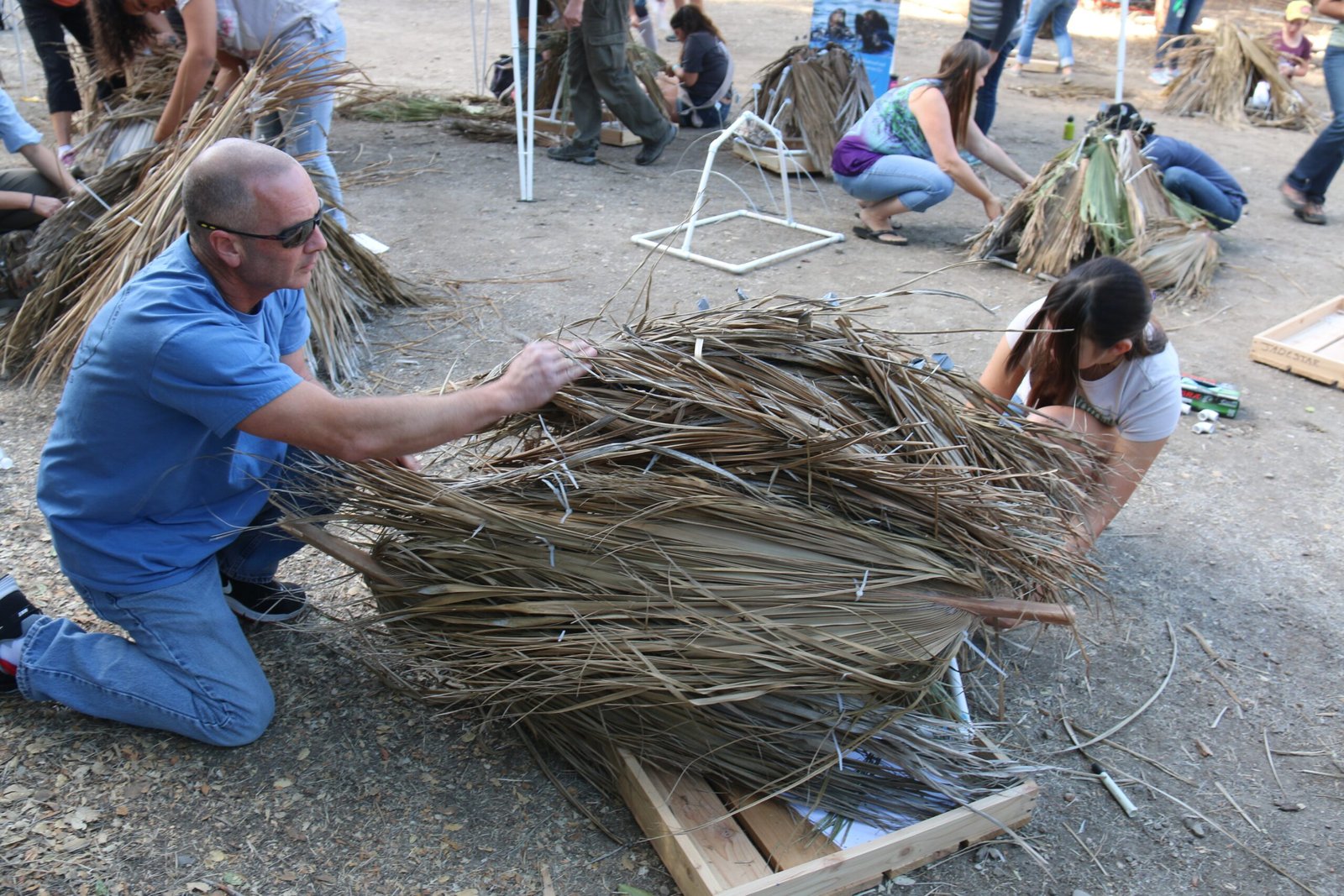
Once an orphan is found, the first steps of emergency care are vital. Dehydration and shock are immediate concerns, particularly for elephants, whose size and intelligence make stress especially dangerous. Specialized wildlife veterinarians administer fluids, nutrients, and, when needed, medications to stabilize the animal. In the case of sloths, warmth and hydration are priorities, often involving careful syringe feeding and wrapping in soft blankets to mimic the mother’s embrace. Every action must be gentle yet precise, as even well-intentioned mistakes can hinder recovery or survival.
The Science of Nutrition: Feeding the Young
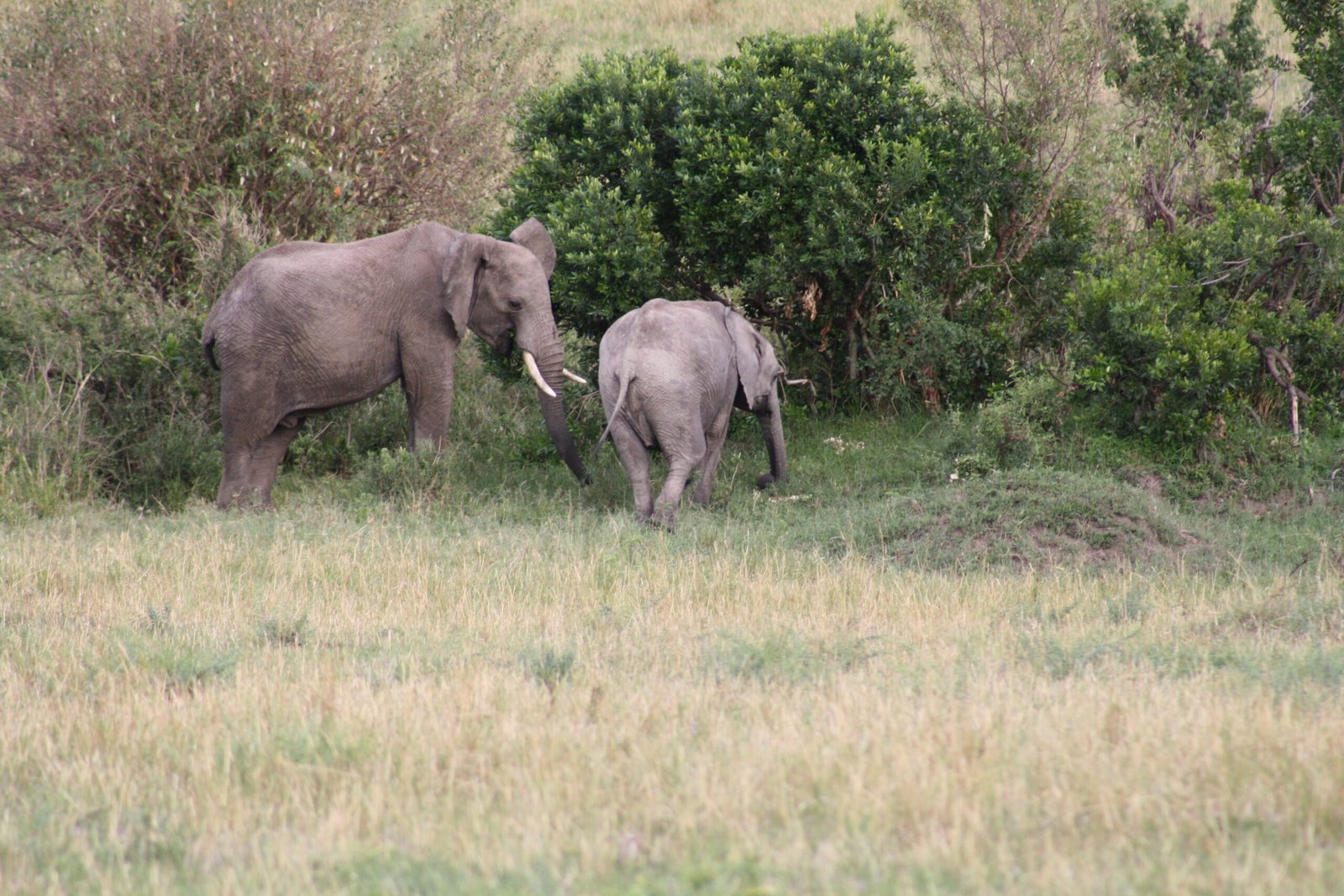
Feeding an orphaned elephant or sloth is a delicate science. Elephant calves require a special milk formula rich in fats and proteins, closely mimicking their mother’s milk, which is nearly impossible to replicate perfectly. Caregivers must prepare and deliver bottles every few hours, day and night, for months. Sloths, meanwhile, have unique digestive systems that rely on leaves and specific gut bacteria; infants may start with goat’s milk, but must eventually transition to wild foliage. A mistake in diet can quickly lead to malnutrition, illness, or even death, making this phase both challenging and critical.
Building Trust: The Power of Human Bonding
Rescued orphans are often traumatized, fearful, and confused after losing their mothers. Establishing trust is essential for their survival and recovery. Caregivers become surrogate family members, using gentle voices, consistent routines, and physical touch to build bonds. Elephant calves may follow their caretakers for comfort, just as they would their mothers, while sloth infants cling tightly to soft toys or even the arms of their human helpers. This emotional connection helps the orphans feel safe and secure, reducing stress and promoting healing.
Rehabilitation: Teaching Survival Skills
Raising an orphaned elephant or sloth isn’t just about feeding and comfort—it’s also about teaching them how to survive in the wild. For elephants, this means learning how to find water, recognize danger, and interact with other herd members. Caregivers may use mock herds or introduce the calves to other orphans to encourage natural behaviors. Sloths must master the art of climbing, choosing the right leaves to eat, and avoiding predators, all within the safety of rehabilitation enclosures. This process is gradual and requires careful observation, patience, and creativity.
Health Challenges: Disease and Injury
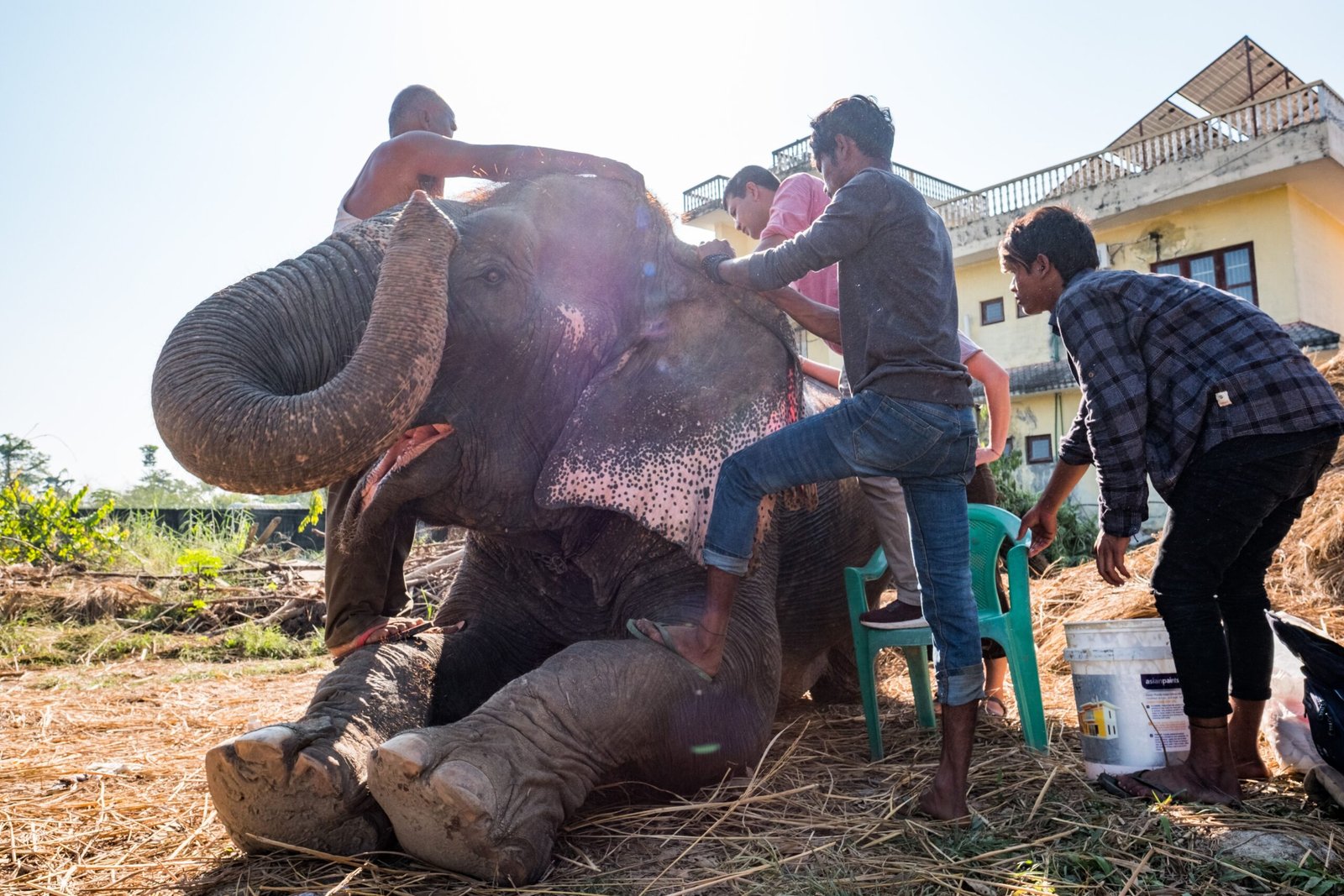
Orphaned animals are highly susceptible to disease and injury. Weak immune systems, exposure to new pathogens, and the stress of captivity can make them vulnerable to infections, parasites, and wounds. Veterinarians must closely monitor their health, administering vaccines, antibiotics, and regular check-ups. For elephants, foot injuries and gastrointestinal problems are common, while sloths may suffer from respiratory infections or broken limbs. Each case demands specialized care, blending modern veterinary medicine with local knowledge and experience.
Preparing for Release: The Return to the Wild
The ultimate goal for every rescued orphan is a safe return to the wild. This transition is both thrilling and daunting. Caregivers gradually reduce human contact, encouraging the animals to rely on their instincts and interact more with their own kind. For elephants, this may mean joining a semi-wild herd in a protected reserve, while sloths are often released near the very trees they once called home. The process is monitored carefully, with GPS collars or regular visits to ensure the animals adapt and thrive on their own.
Challenges of Long-Term Care: When Release Isn’t Possible
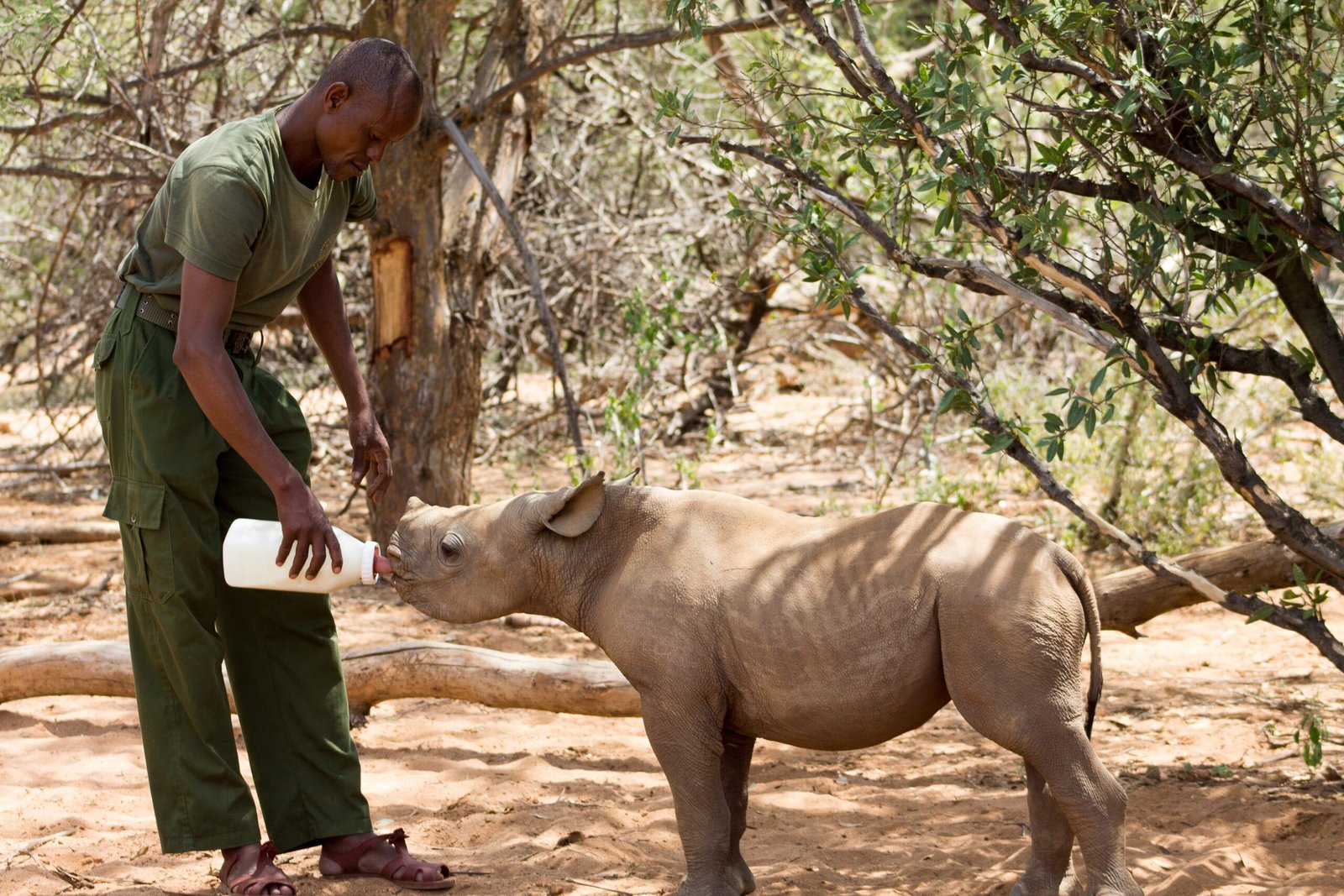
Not every orphan can return to the wild. Some suffer injuries or illnesses that make survival outside human care impossible. Sanctuaries and wildlife centers offer lifelong homes for these animals, providing medical care, enrichment, and as natural a life as possible. The emotional bonds between animals and caregivers often deepen, with some elephants forming family-like groups within the sanctuary. These lifelong residents serve as ambassadors, teaching visitors about the species’ struggles and the importance of conservation.
The Emotional Toll on Rescuers

Caring for orphaned elephants and sloths is physically exhausting and emotionally draining. Rescuers often form deep attachments to their charges, celebrating every milestone and mourning every loss. They witness moments of pure joy—such as a calf’s first playful splash in a mud puddle or a sloth’s tentative return to the treetops—but also endure heartbreak when efforts fall short. Despite the challenges, their determination rarely wavers, fueled by a passion for wildlife and a belief in second chances.
Why Every Rescue Matters: The Bigger Picture
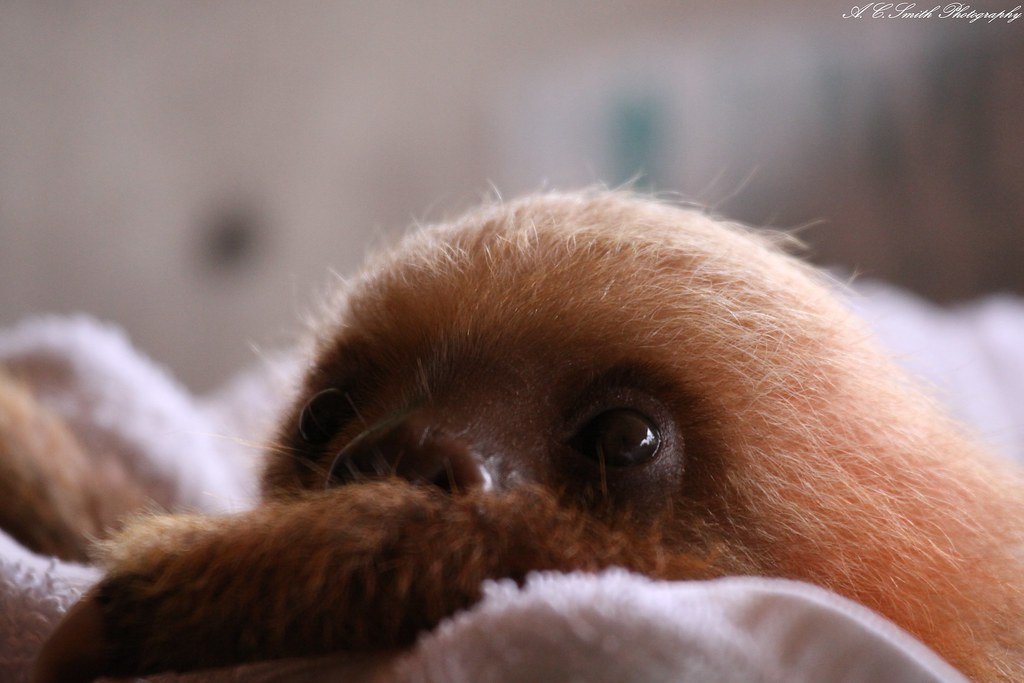
Every orphaned elephant or sloth rescued is more than just a single life saved—it’s a symbol of hope in a world where wildlife faces mounting threats. Each success story shines a light on the urgent need for habitat protection, anti-poaching efforts, and responsible tourism. By supporting rescue organizations, spreading awareness, or simply sharing these stories, people everywhere can play a part in safeguarding the future of these incredible animals. The journey from tragedy to triumph is never easy, but it’s a powerful reminder of what we can achieve when compassion, science, and determination come together.



